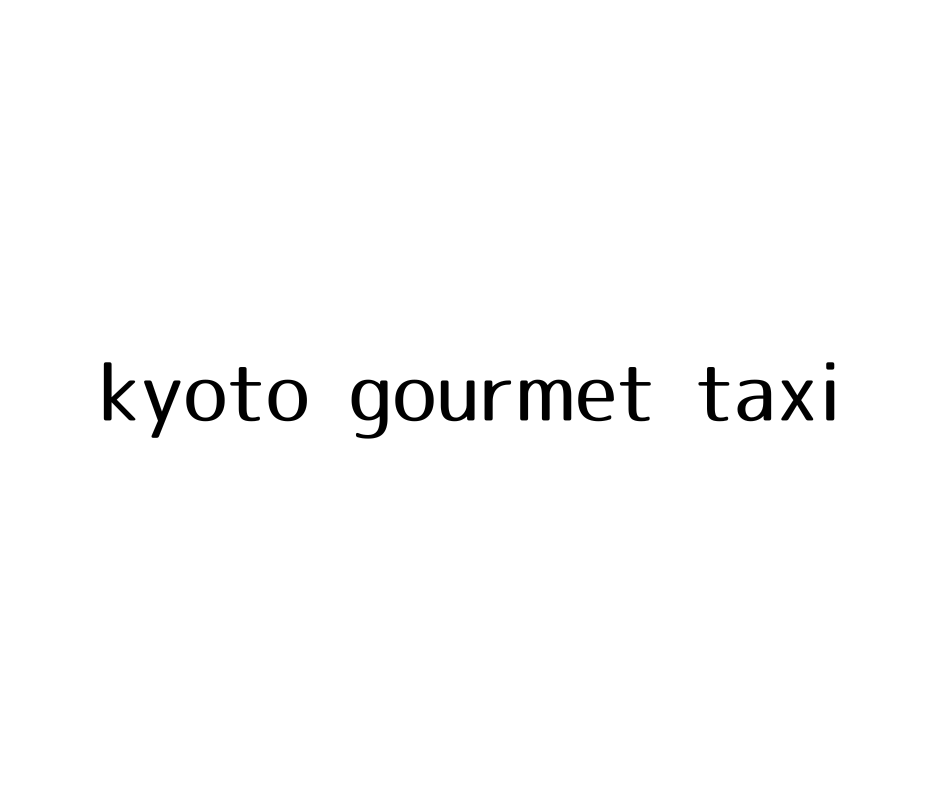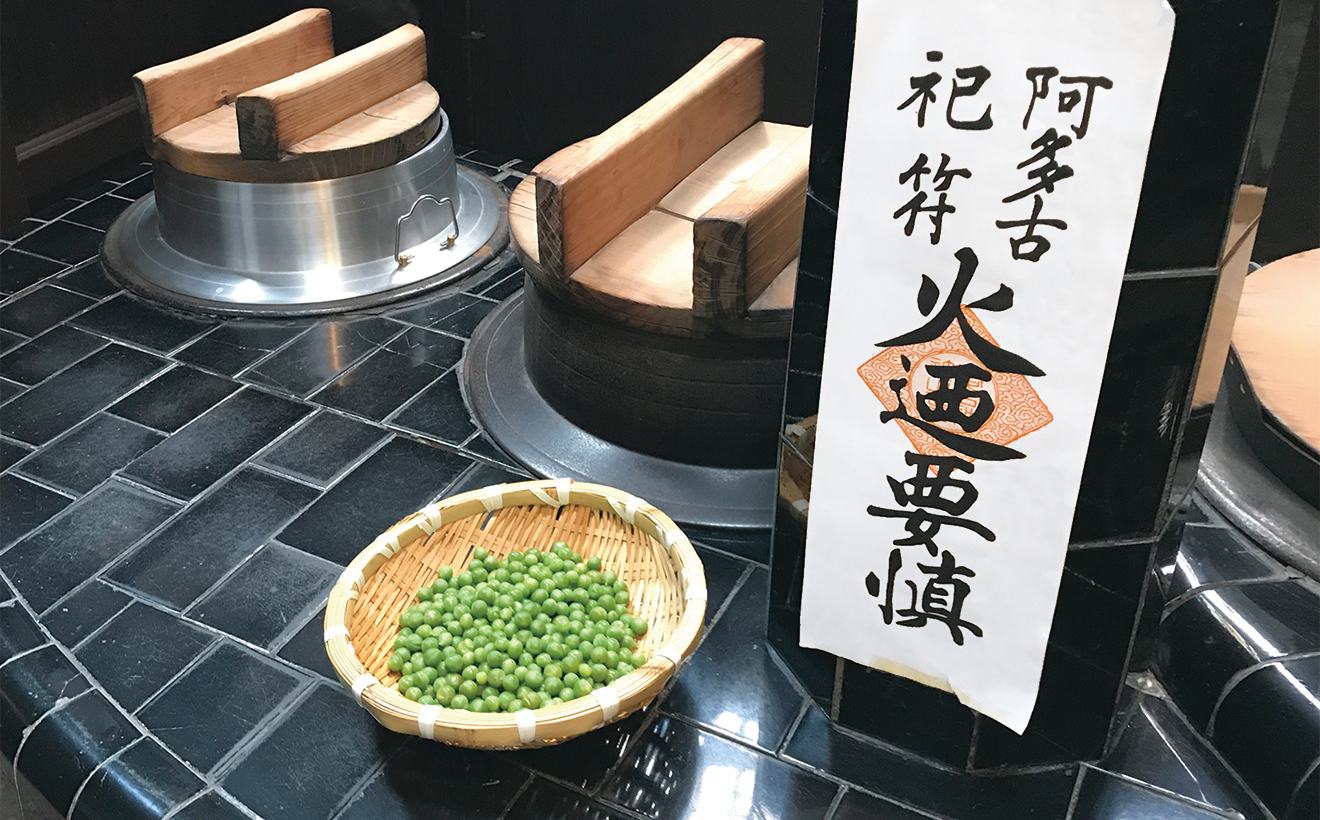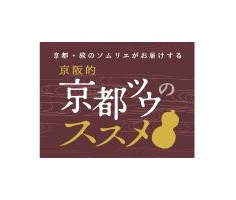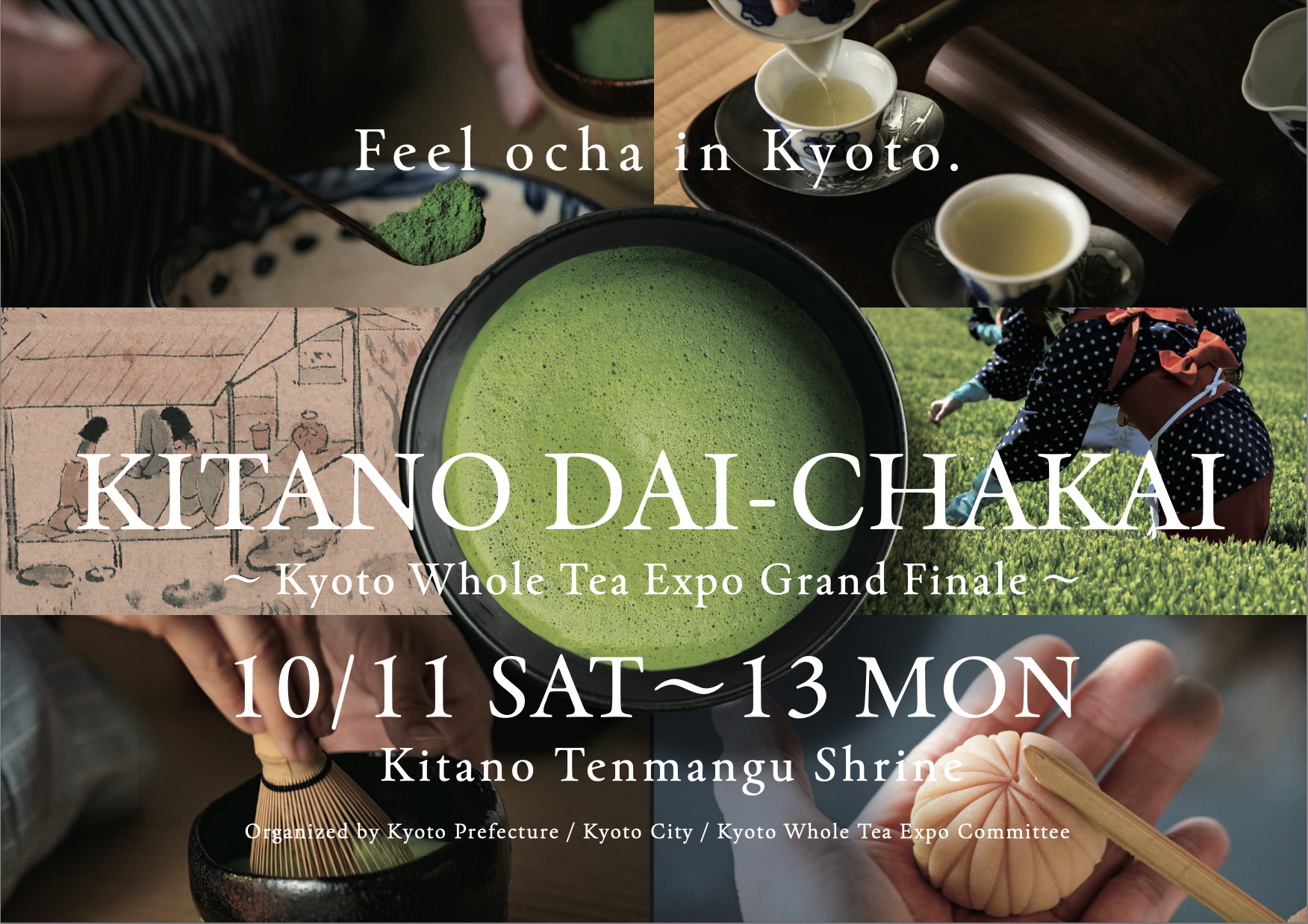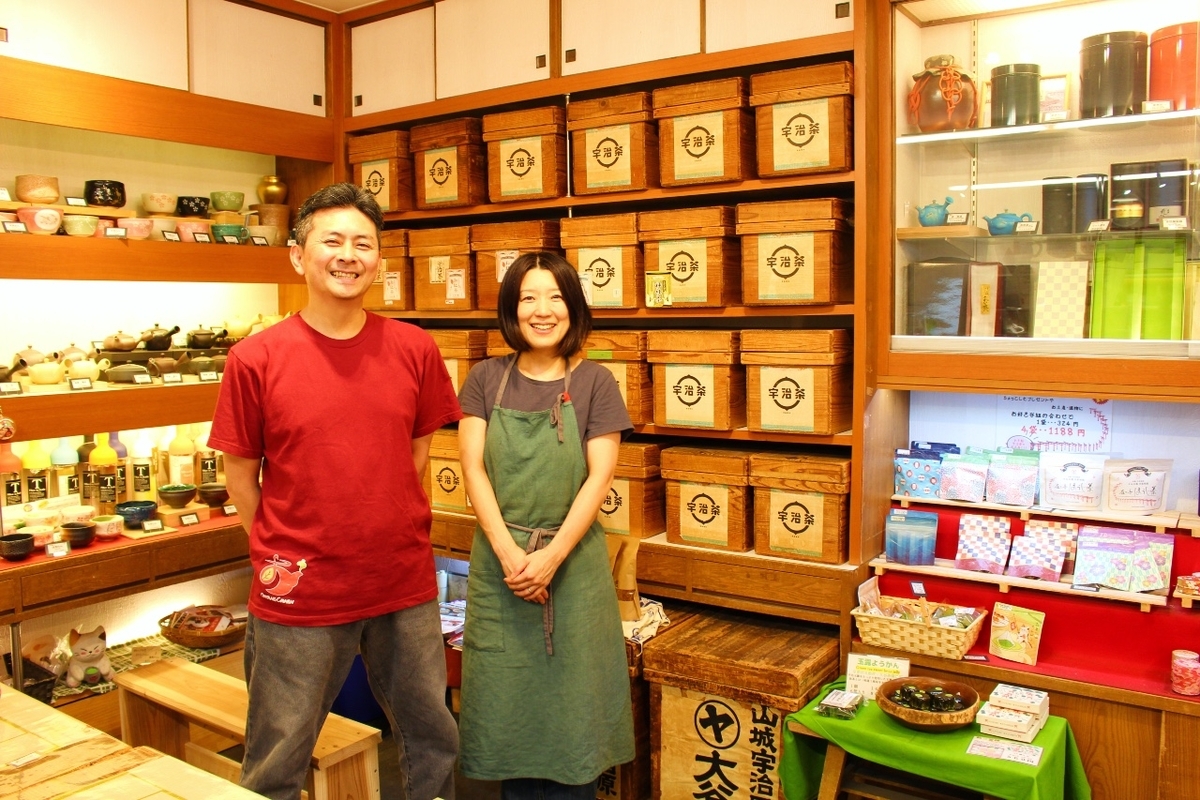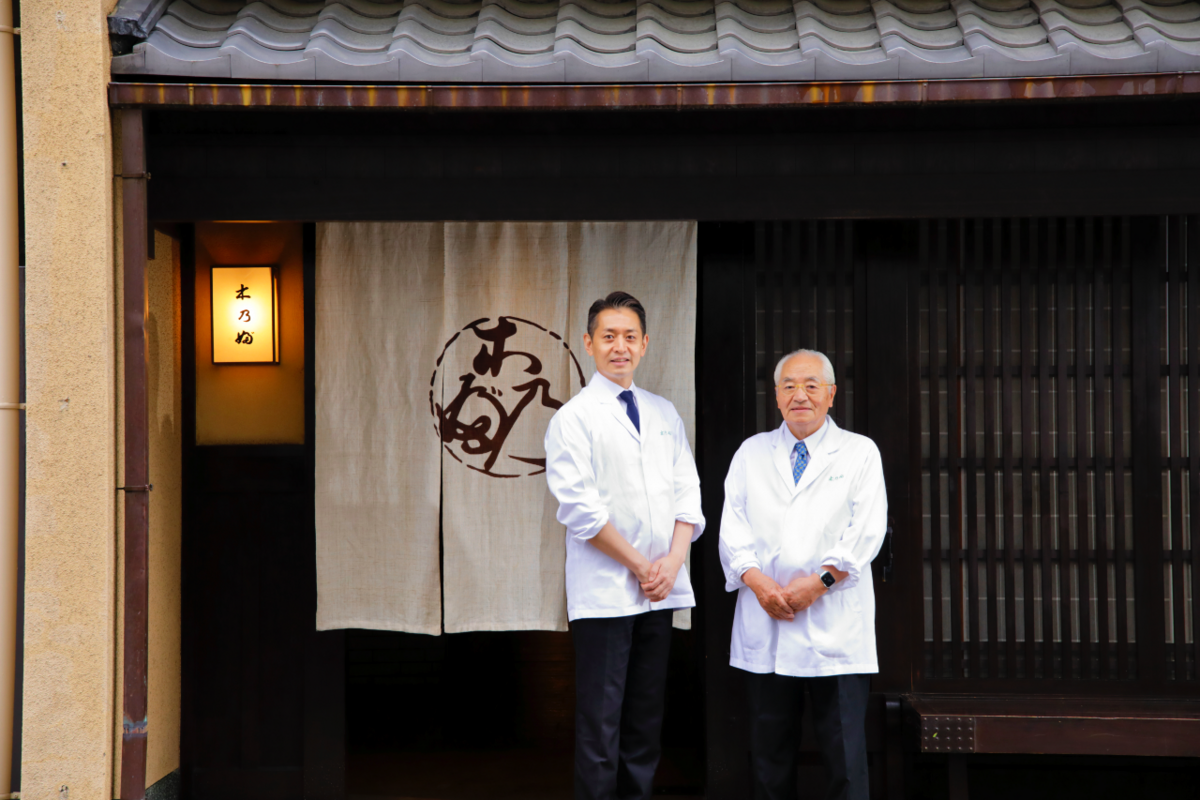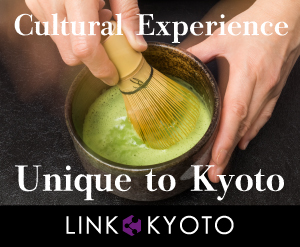
What are Kyogashi sweets?
Kyogashi, literally “Kyoto sweets,” are said to be “appreciated through the eyes, ears, and palate.” You will first savor the beautiful motifs of each distinct season of Japan depicted in these small sweets in shapes and colors inspiring to the eyes. The long history of Wagashi (Japanese sweets) lies in Kyogashi. Each Kyogashi is given an elegant, figurative name, and the history and culture of Japan is embraced in this name as well as in the shape and color.
Types of Kyogashi
Namagashi (fresh sweets)
“Namagashi” is the collective term for fresh sweets that are made chiefly with sweet bean paste. The term is used to differentiate these from Higashi (dry sweets). Namagashi sweets include Mochigashi (rice cake sweets), Mushigashi (steamed sweets), Manju (dumpling sweets), Yokan (semi-hard bean jelly), and others. Kyogashi developed along with Chanoyu (Tea Ceremony), and Namagashi sweets are usually served with Koicha (thick matcha green tea) in the more formal sessions of tea gatherings. The flavors are said to be beautiful and sublime, and these sweets are abundant in variety as well as poetic names given by confectioners and tea masters.

Higashi (dry sweets)
“Higashi” is the umbrella term used in contrast to “Namagashi.” Typical examples of Higashi are Aruheito (sugar candy), Okoshi (candy-coated cereal crisps), and Rakugan sweets; which belong to a category of sweets called Uchimono (sweets dried in wooden molds). In tea gatherings, these are usually served with Usucha (thin matcha green tea) for less formal sessions.
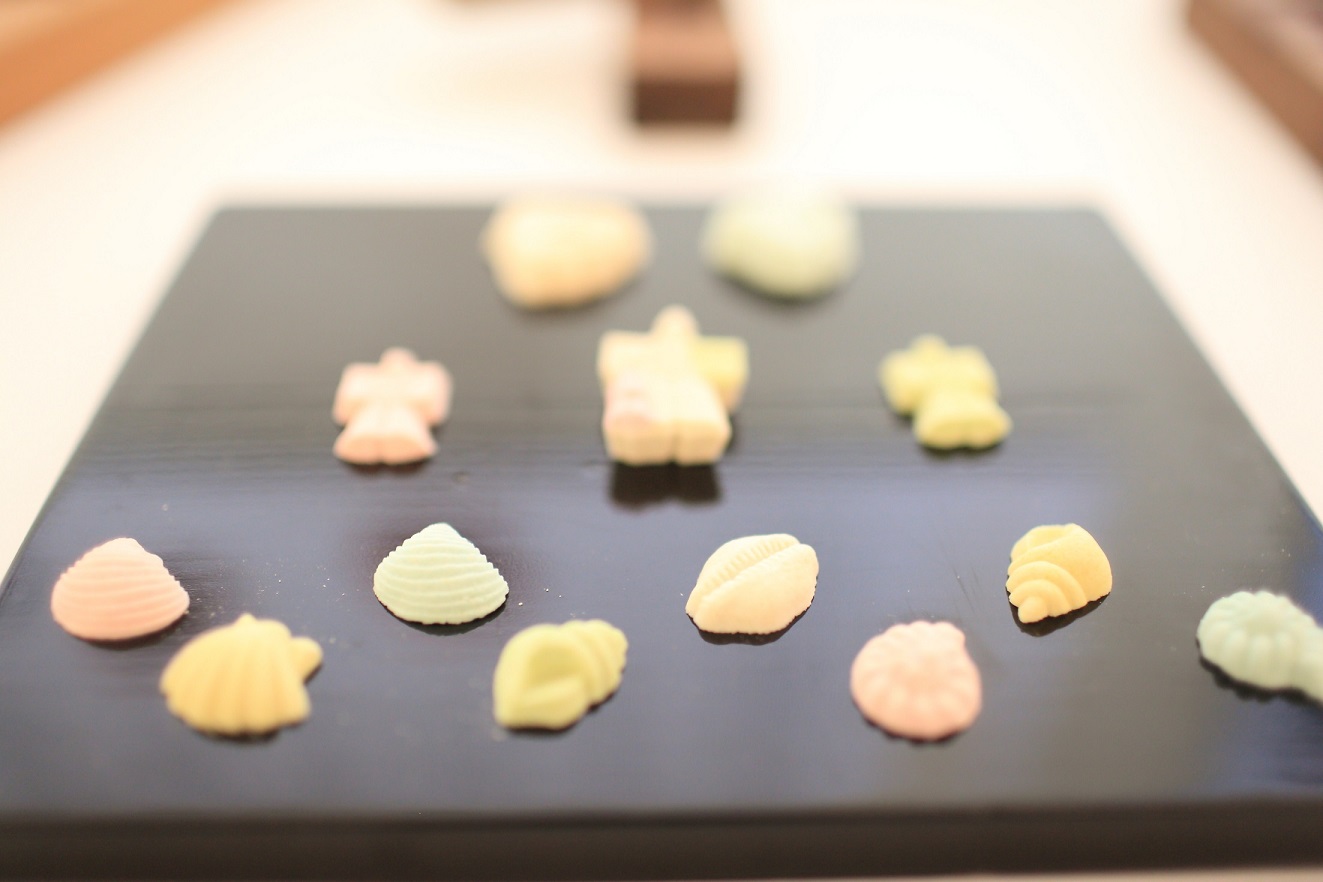
How to eat Kyogashi
At a tea gathering, when the tea or sweets are served, you first exchange a bow with guests next to you on both sides. If the sweets are served in one Kashibachi dish, you will serve yourself from it, using a piece of Kaishi paper as a plate. At times, the sweets may be served individually. The host of a tea gathering usually consults the confectioner to ensure the sweets are tailored to suit the occasion. Please enjoy not only the flavor, but also ask for the name of the sweet and feel how the shape and color depict the season and the host’s message.

